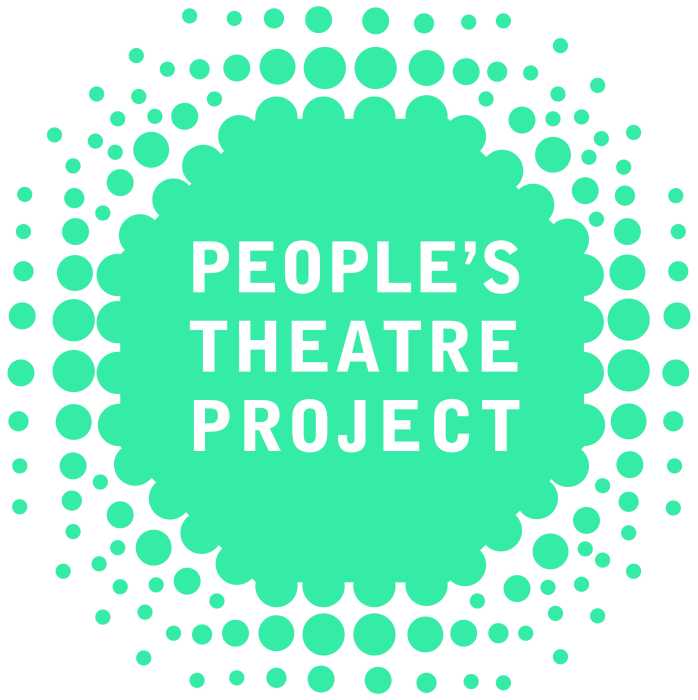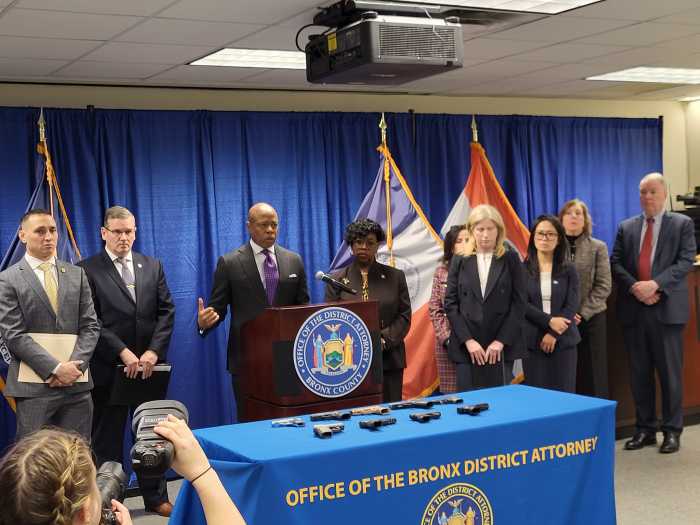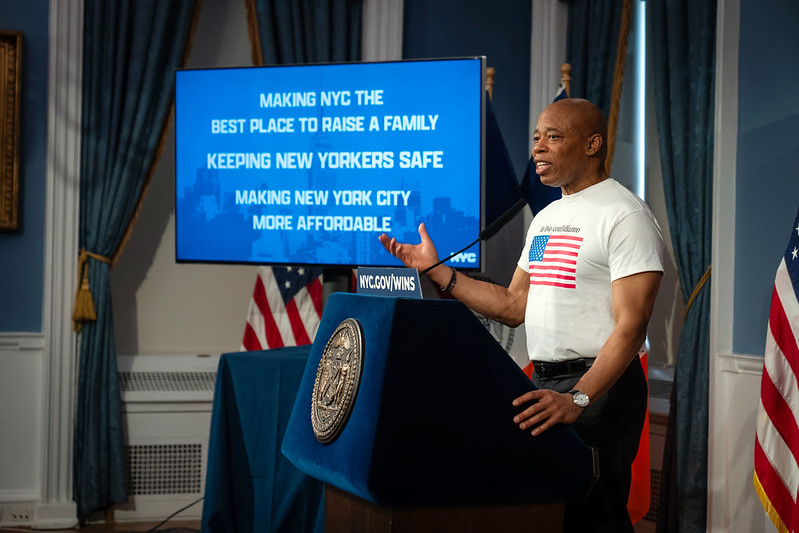Do you have high blood pressure, also known as hypertension? If so, you should be tested for diabetes.
That recommendation comes from the U.S. Preventive Services Task Force, an independent panel of experts that reviews the evidence for prevention strategies. The task force’s recommendations usually become guidelines for primary care doctors and some specialists.
High blood pressure and diabetes often travel together. Treating them simultaneously is a win-win approach. For example:
~Among people with diabetes, controlling blood pressure cuts in half the chances of having a heart attack or stroke or dying of heart disease.
~Among people with high blood pressure, controlling blood sugar reduces the chances of:
*losing vision
*losing feeling in the fingers or feet
*losing a limb
*suffering kidney damage.
Key points
~If you have high blood pressure, make sure you are tested for diabetes.
~Controlling blood pressure and diabetes with lifestyle changes can substantially decrease your chances of having a heart attack or stroke. Lifestyle changes include:
*exercise
*losing weight if needed
*stopping smoking if you’re a smoker.
Testing for diabetes
The diabetes test endorsed by the American Diabetes Association is the fasting blood sugar test. It involves having a small sample of blood drawn first thing in the morning, before you have had anything to eat or drink.
If your blood sugar is 126 milligrams per deciliter (mg/dL) or higher, and it’s confirmed by a second test a few days later, you have diabetes. Some doctors check for diabetes by testing your blood sugar two hours after you drink a sugary beverage or by testing for the percentage of sugar-coated hemoglobin in the bloodstream (known as hemoglobin A1c).
Diabetes that appears in adulthood is usually type 2 diabetes. It begins years earlier as a slowly smoldering condition known as insulin resistance. Insulin is a hormone needed to move sugar from the bloodstream into muscle and other cells. Some people become progressively resistant to insulin’s “open up for sugar” signal. The longer sugar lingers in the bloodstream, the more insulin the body makes. Over time, the insulin-making cells in the pancreas begin wearing out. This dual problem leads to higher and higher levels of blood sugar after meals and between them.
Too much sugar in the bloodstream affects tissues throughout the body. It damages the inner walls of small blood vessels, causing them to thicken and leak. The vessels may eventually clog, impeding blood flow to vital tissues. This process can:
*damage nerves
*trigger heart attacks and strokes
*harm the kidneys
*lead to vision loss.
Keeping blood sugar levels as close to normal as possible can prevent these disabling or deadly complications.
Taking control
Diabetes and high blood pressure may be different diseases, but both respond to the same lifestyle changes:
~Daily exercise is an excellent way to lower blood pressure and keep blood sugar in check.
~For folks who are overweight, losing weight is good for both blood pressure and blood sugar.
~Stopping smoking works for both.
~So does adopting a healthier diet.
Medications are usually needed to control blood pressure and blood sugar. Statins are helpful for both, regardless of cholesterol level. But lifestyle changes should be the bedrock of treatment, not add-ons after medications.
























